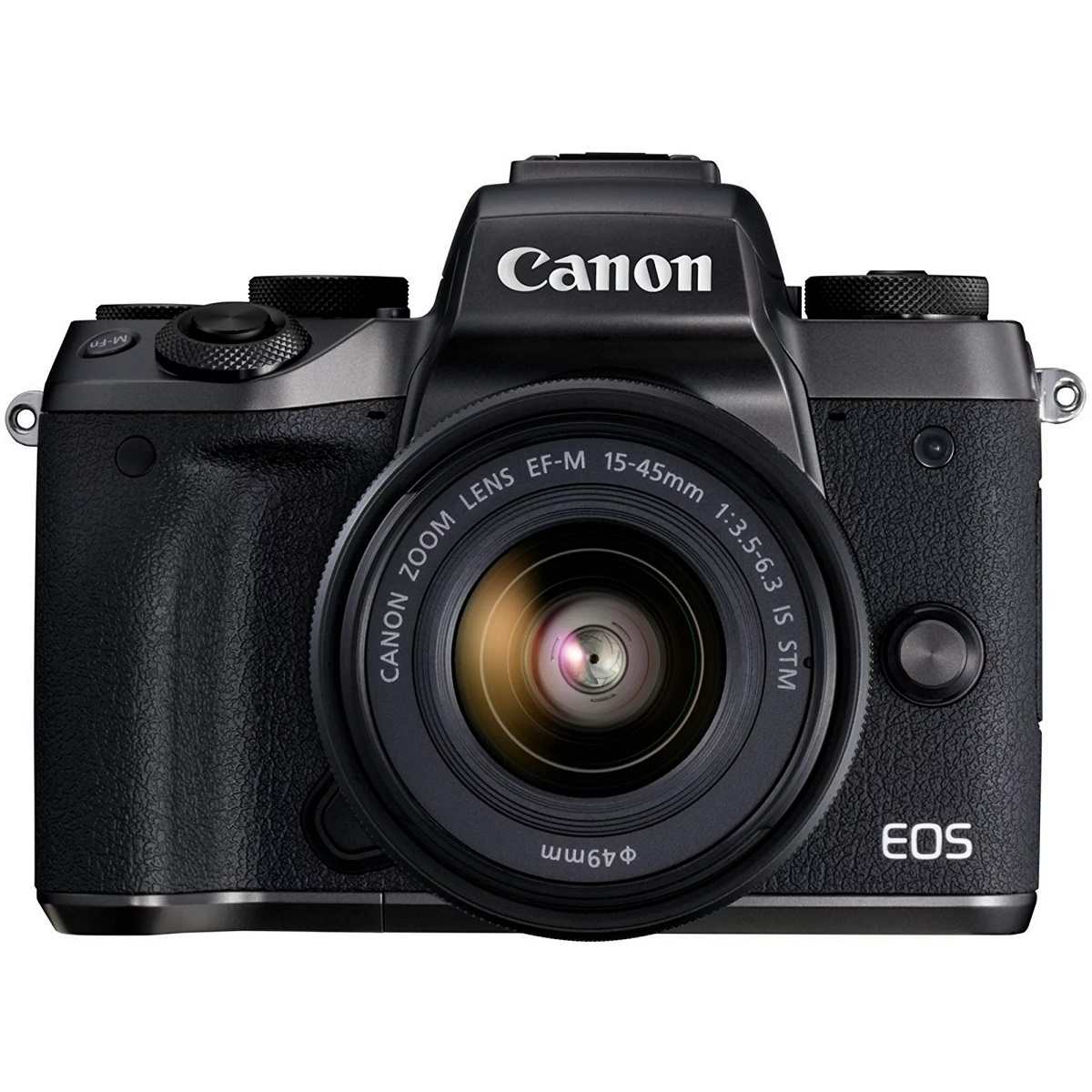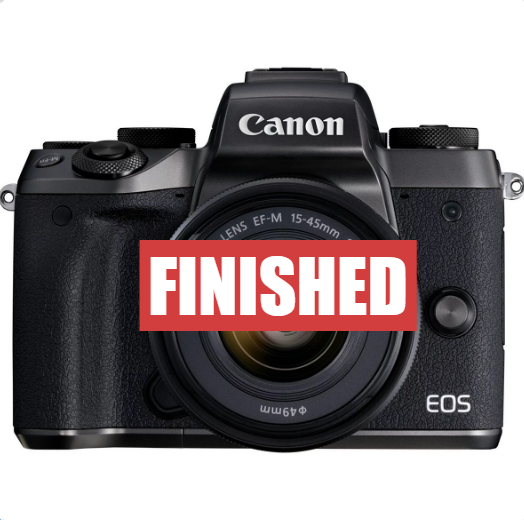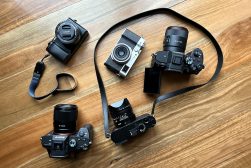Goodbye EOS M Cameras: Canon Formally Discontinues The Line

It’s been predictable for some time now and now it finally happened: Canon’s Japanese website has confirmed the formal cut on its EOS M line of cameras.
This is the formal statement from the company’s central office in Japan (Canon’s home country). However, the Canon USA subsidiary has told the website PetaPixel that “At present, sales of EOS M series cameras and EF-M lenses vary from region to region depending on user needs,”
Thus, while sales from Canon itself in the brand’s home market will cease, it’s not like you can’t get your hands on a Canon EOS M camera for the foreseeable future.
Even after overseas subsidiaries of Canon stop formally selling these models, there will also always be second-hand and reseller markets.
With that said, Canon’s EF-M system might be missed by some for its affordable and solidly-performing APS-C camera models.
These were Canon’s first venture into mirrorless technology and they paved the way for the brand’s total abandonment of its best-selling, famous mirrorless models that have been so widely used by photographers worldwide.
The whole range of EOS M camera editions was fairly broad, including very compact and affordable models to more robust shooters like the M50 and M6.

On the other hand, they only had a small selection of native lenses going for them. Beyond these, users could either settle for EF and EF-S DSLR lenses via an adapter by Canon or go for Sigma’s three DC DN AF prime lens options.
Then there were a number of manual focus lenses from other third-party manufacturers, which also worked well with the EOS M cameras if you didn’t mind the lack of AF.
One thing that strongly went against EF-M was the fact that the lenses weren’t compatible with other camera bodies.
This basically blocked some sales among enthusiasts who would want a camera whose lenses could later also be used with more powerful full-frame camera models.
Canon’s replacement for the EF-M system is the RF mount that the company long since started heavily investing in. One of its most notable and popular models has been the R5, a full-frame “successor” to the APS-C M5.
The arrival of RF cameras was writing on the wall for the death of the EOS M editions and by underscoring its investment in advanced lens options for RF cameras, Canon further damaged confidence in EF-M.
Unlike its EF-M cameras, the brand has also actively blocked third-party development of alternative lens options for RF models. The good side of this is that it indicates a commitment by Canon to invest in a broad range of lenses for this newer format.
If you’re a Canon EF-M and EOS M owner, enjoy your camera and know that you can still get plenty of photographic traction from it and its available accessories.
If however, you’re thinking of buying into Canon for the first time, RF is probably your much better option if you plan on upgrading in the near future.















